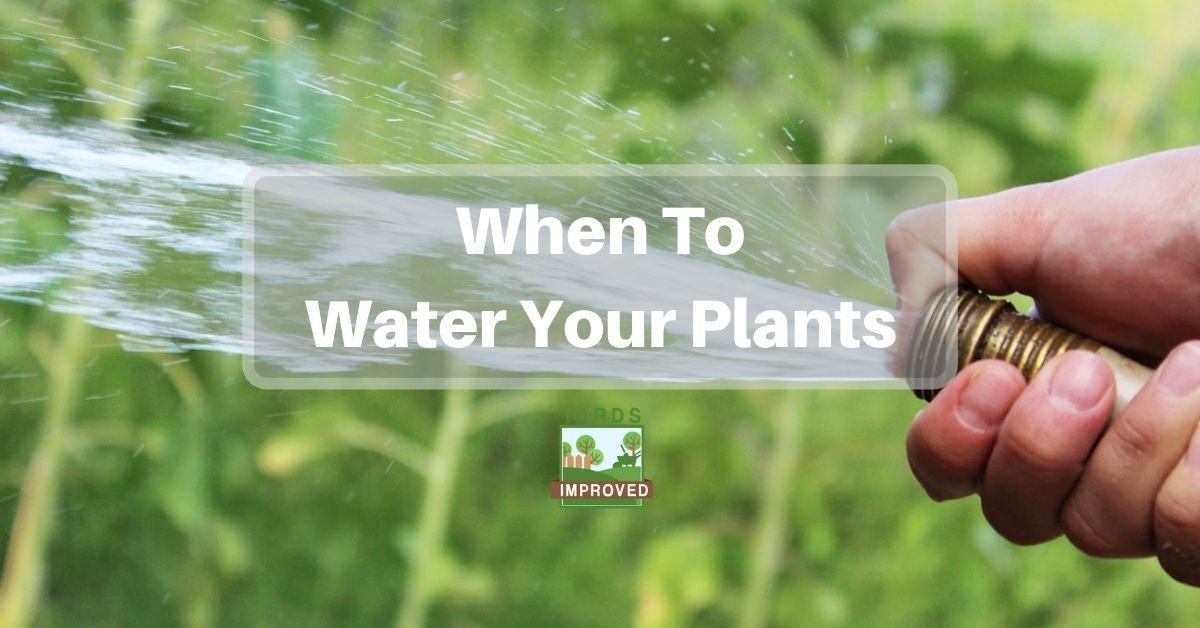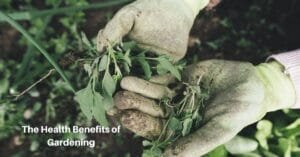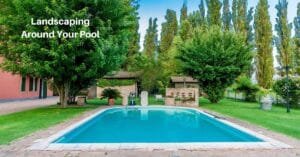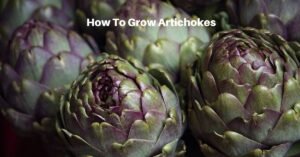We all know that keeping our lawns and gardens in good shape means we have to water them regularly. But did you ever stop to think about when the best to water is? It’s always a temptation to squeeze it in when we can. Admittedly, that’s sometimes necessary. However, to help plants thrive it’s key to water them during the optimal part of the day. So let’s look at what the best time is, and a good runner-up time, and also get into some reasons these will do the best to help your plants prosper.
And The Best Time To Water Your Plants Is . . .
Morning! Yes, early morning takes the gold as the preferred time to break out the hose or turn on the sprinklers. While it might be tough to get yourself moving before work, and for some, it’s even tougher to roll out of bed early when there’s no work. But it will definitely pay off with a beautiful lawn.
Watering early means that water has time to soak into the soil before the heat of the day reaches it. That means it will reach the roots of the plants and serve its purpose by being absorbed.
The coolness of the early morning means that the water has time to do its thing. At the same time, as the day slowly heats up any excess will evaporate.
And watering in the morning means that the plants are going to be well-moisturized to get through the heat of the day. It’s almost like preventative medicine – it’s far better to take the right steps ahead of time than to have to recuperate after the fact.
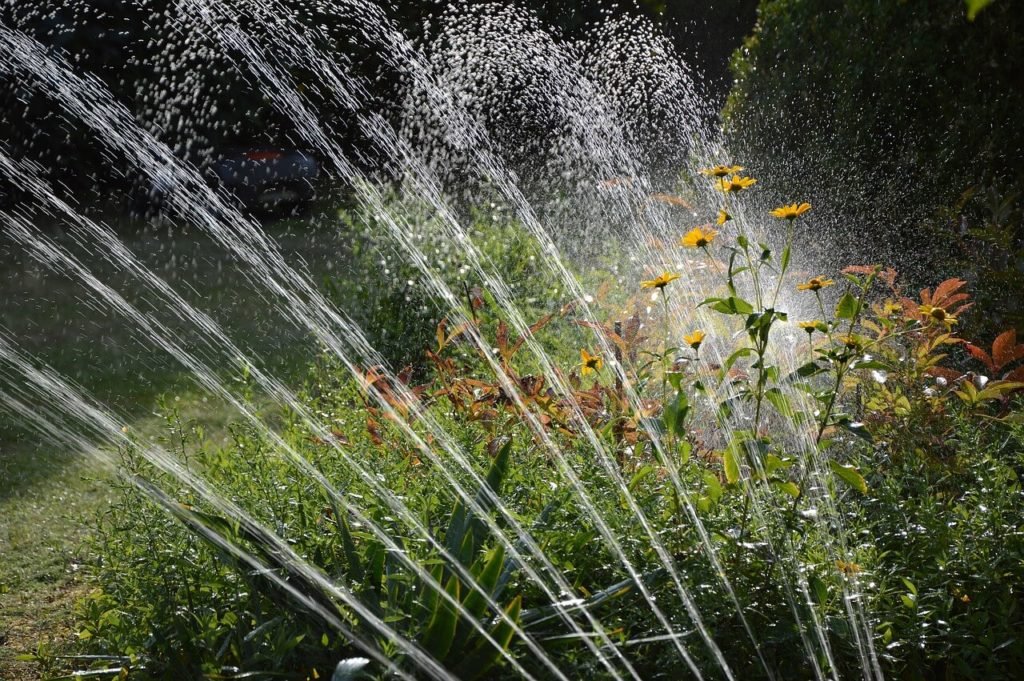
In the past, people sometimes expressed concern about plants being “scorched” if they’re watered in the morning. The theory was that this happened when sunlight beats down on beaded water left on leaves. The water was thought to magnify the light, burning the leaf. However, that’s no longer considered to really happened, and those fears seem to be unfounded.
Backup Plan: Water in the Evening
If for whatever reason you’re not able to water early, then the early evening is your second-best option.
Once the temperature starts to cool down, you’ll be in a good position where water will have time to be absorbed into the ground. While some might still evaporate as the heat of the day lingers in the air and the soil, there is still enough H2O reach the soil to soak in.
“Early morning” and “early evening” can both be relative terms since the hours of daylight change. Add Daylight Savings Time onto that, and it’s even harder to give exact hours. However, your early evening watering should be once the heat of the day is past, the temperature is going down, and maybe even as the light begins to fade.
Why Not to Water During the Heat of the Day or at Night
So, what’s the big deal about avoiding other times of the day? It could be tempting to think that a mid-afternoon watering could help the plants cool off. Or a late-night drink might allow more time for water to soak in.
As much as it might be refreshing for us to take a dip when the sun is strongest, it doesn’t quite work the same for plants.
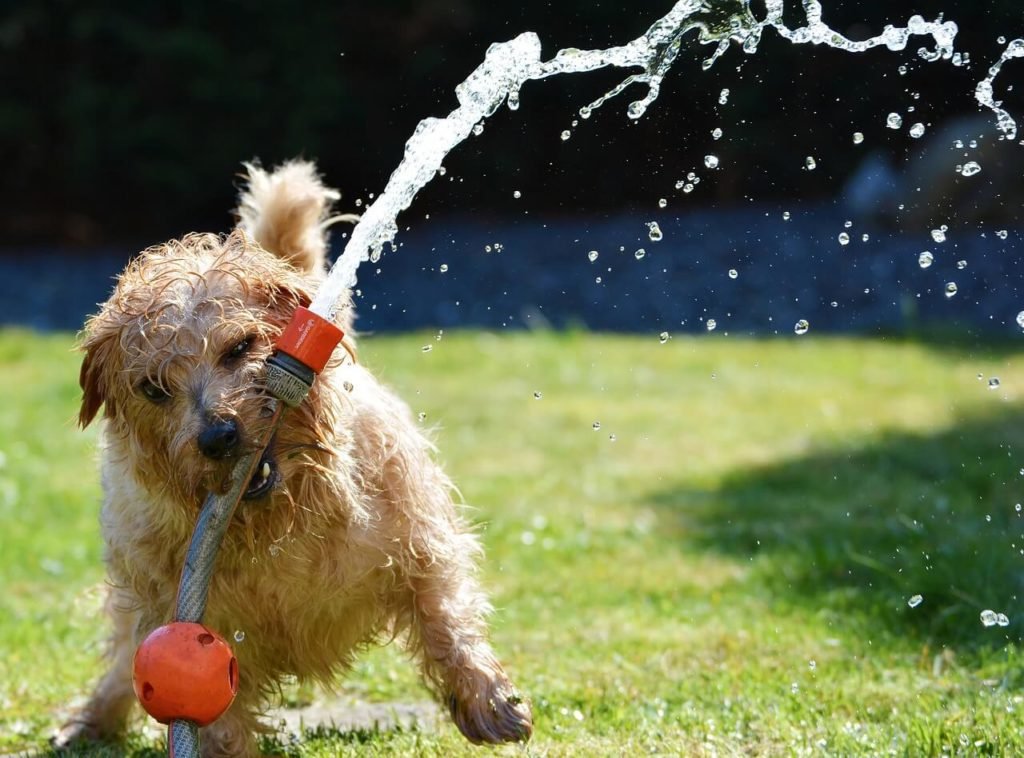
The hottest parts of the day allow the least time for water to soak into the soil. You end up wasting more water than necessary when watering during peak sunlight and temperature. The plants don’t get much out of it. For the same run, it’s a waste of water and of course, drives your water bill up with little or no benefit.
On the other hand, you don’t want to water too late. Some evaporation is actually beneficial, so it’s good that any water that isn’t absorbed evaporates. Standing water could lead to fungi like mold or mildew forming on the plants, and there’s a higher probability of that if you water when it’s too cool.
How Much And How Often To Water
Not only is it important to know when to water, but also how much to water. That includes the frequency of watering as well as the amount to water each time.
There is no simple answer to this. It depends on the weather, including both heat and rainfall. But it also depends on the makeup of your particular soil, the types of plants and how deep their roots are, and how much water the plants need.
Check out our guide specifically for how often to water your grass!
One good sign it’s time to water is if your plants start to wilt. For most plants, this is a sure sign that they’re running low on the vital element. Some plants, though, will wilt temporarily during the course of the day as their stems and leaves run low. However, as it cools down, they recover as water is pumped through their systems.
The basic guideline, then, is to water when your plants need it. And wilting is one of the principal signs they do.
You want to be sure to water enough that the water is absorbed into the ground, too. And that doesn’t mean just at the surface. The plants’ root systems may not be trying to pull in water at that level. Instead, the roots are often several inches below the surface, so you need to provide enough water to reach their level.
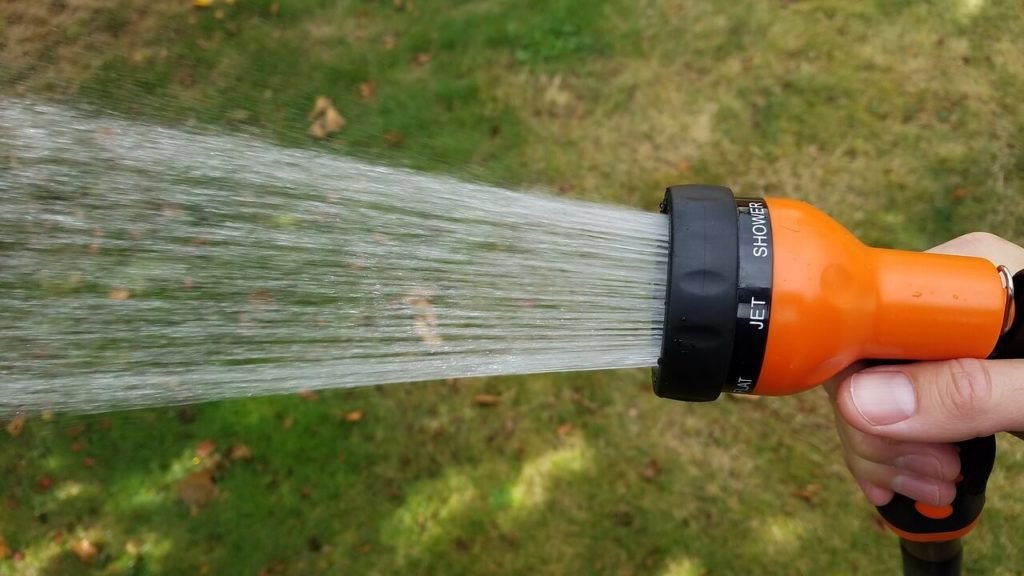
To find that, you can use a garden shovel to pull a “core sample.” It doesn’t have to be a big hole as long as it reaches 4 – 5 inches. That’s the level that should be getting wet. Doing this test 30 minutes to an hour after watering should help show if you’ve watered enough. From there, you can make adjustments. You don’t have to do the test after every watering; it’s only necessary until you find the right amount. Just try to spend the same amount of time watering in the future.
At the same time, you don’t want to overdo it. If you end up with water that sits on top, you may be overwatering. You could also have a problem with thatch if there is grass around the base of the plants. Or your soil may be too compacted and require aeration at the end of the season.
Conclusion
A beautiful garden and lawn depend on getting water at the right time of day. An early morning watering takes first prize as the best option, while late afternoon or early evening is also acceptable. Watering at these times provides plants with what they need and helps them stay healthy and beautiful, just the way you envisioned them!

